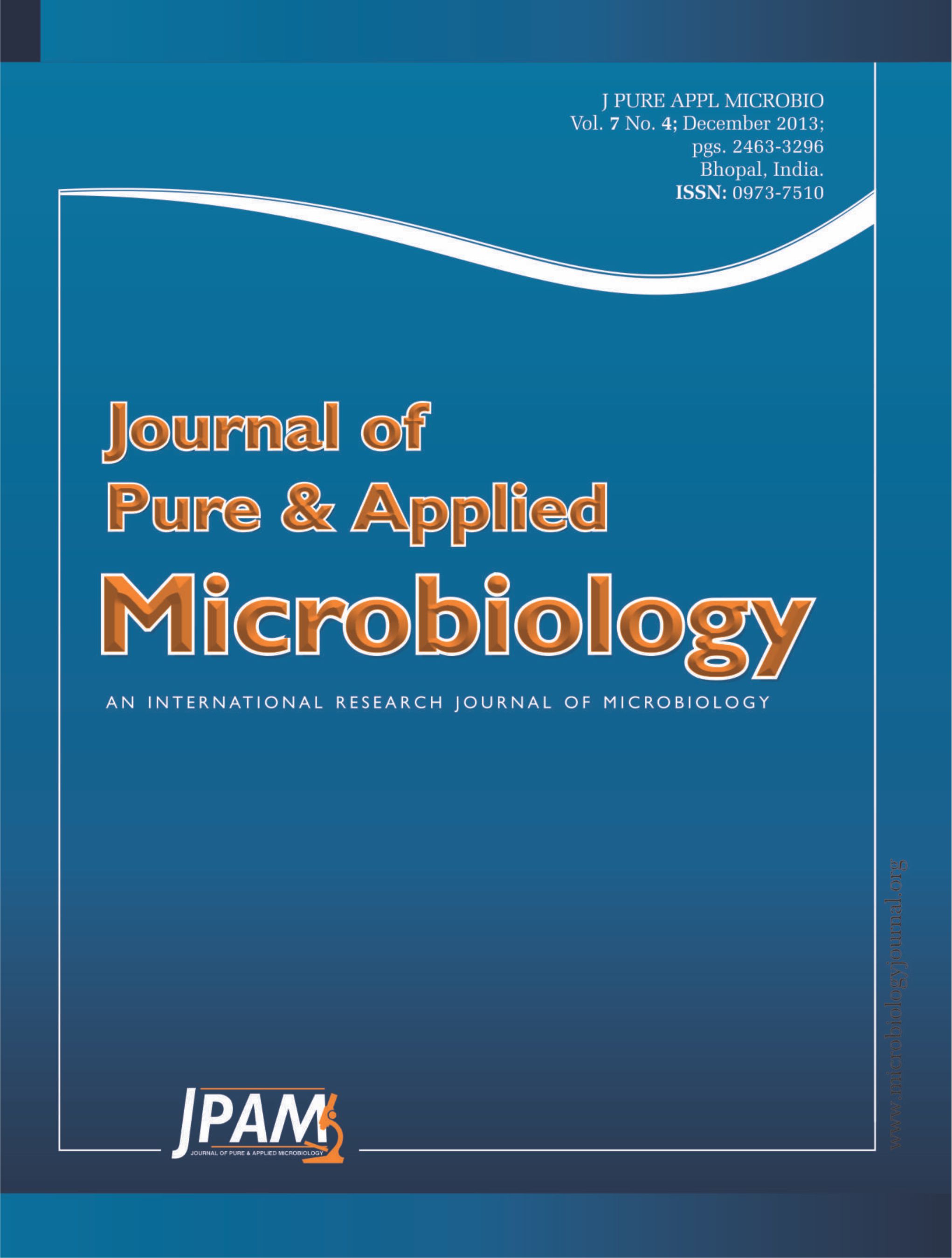Sclerotinia rot caused by Sclerotinia sclerotiorum is a serious threat to green beans production in Egypt. The pathogenicity of this pathogen to 11 different cultivars was measured by survival plants % in the genotypes. Significant differences were observed between different cultivars (P£0.005). Results indicate that, Amy and Giza cultivars were more susceptible to infection with S. sclerotiorum that produced 16% survival plants in both cultivars after 60 days. While, Duel cultivar was less sensitive to infection with the pathogen that giving 40% living plants at 60 days.
Sclerotinia Sclerotiorum, Pathogenicity, Beans
© The Author(s) 2013. Open Access. This article is distributed under the terms of the Creative Commons Attribution 4.0 International License which permits unrestricted use, sharing, distribution, and reproduction in any medium, provided you give appropriate credit to the original author(s) and the source, provide a link to the Creative Commons license, and indicate if changes were made.


